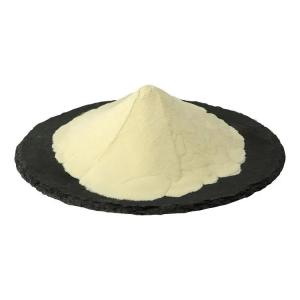The place of phosphoric acid in dietary research
Time:2025-10-09Phosphoric acid is a compound that has long held significance in both the chemical and food sciences. Within dietary research, its role is connected to its contribution of phosphorus, its use in food and beverage formulations, and its relevance to discussions of modern nutritional patterns. As diets evolve, the scientific community continues to examine how phosphoric acid intersects with nutrition, public health, and food technology.
Phosphorus and Human Nutrition
Phosphorus is an indispensable mineral in human physiology, contributing to energy transfer, bone structure, and cellular communication. Phosphoric acid represents one of the pathways by which phosphorus enters the human diet. For this reason, dietary research often considers phosphoric acid as part of broader studies on phosphorus intake and nutrient metabolism.
Use in Food and Beverage Products
One of the most visible roles of phosphoric acid is in the food industry, particularly as an acidulant in soft drinks and processed foods. Researchers in dietary studies focus on its prevalence in these products, examining patterns of consumption across different populations. By mapping intake sources, scientists gain insight into the balance between naturally occurring phosphorus in whole foods and phosphorus from food additives such as phosphoric acid.
Research on Intake Levels and Patterns
Dietary surveys and nutritional databases frequently include phosphoric acid as a component of phosphorus intake estimates. This has allowed scientists to track how modern food processing and consumer choices affect overall phosphorus consumption. In dietary research, such tracking helps clarify whether populations are meeting, exceeding, or balancing their phosphorus requirements.
Interdisciplinary Relevance
The place of phosphoric acid in dietary research goes beyond nutritional science alone. It involves food chemistry, agricultural production, and public health. For example, studies may investigate its technological role in food stability while simultaneously examining its contribution to nutrient intakes. This interdisciplinary perspective ensures that phosphoric acid is studied not in isolation, but as part of a broader dietary context.
Conclusion
Phosphoric acid occupies a distinct place in dietary research due to its dual identity as both a food additive and a source of phosphorus. Scientific interest in this compound continues to expand, with studies aiming to better understand intake patterns, nutritional implications, and its role in shaping modern diets. As dietary research advances, phosphoric acid remains a key element in the ongoing dialogue about the balance between food technology and nutrition.


 CN
CN





